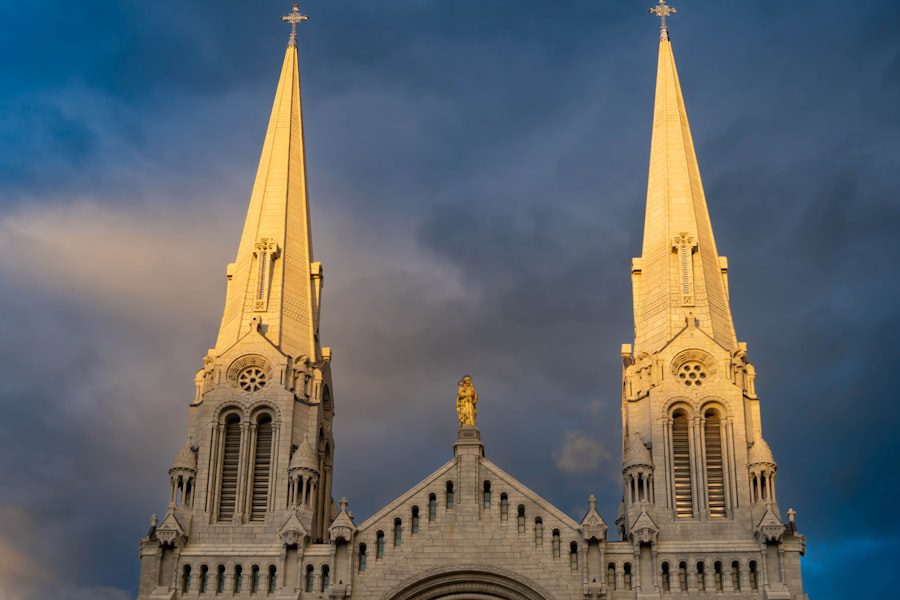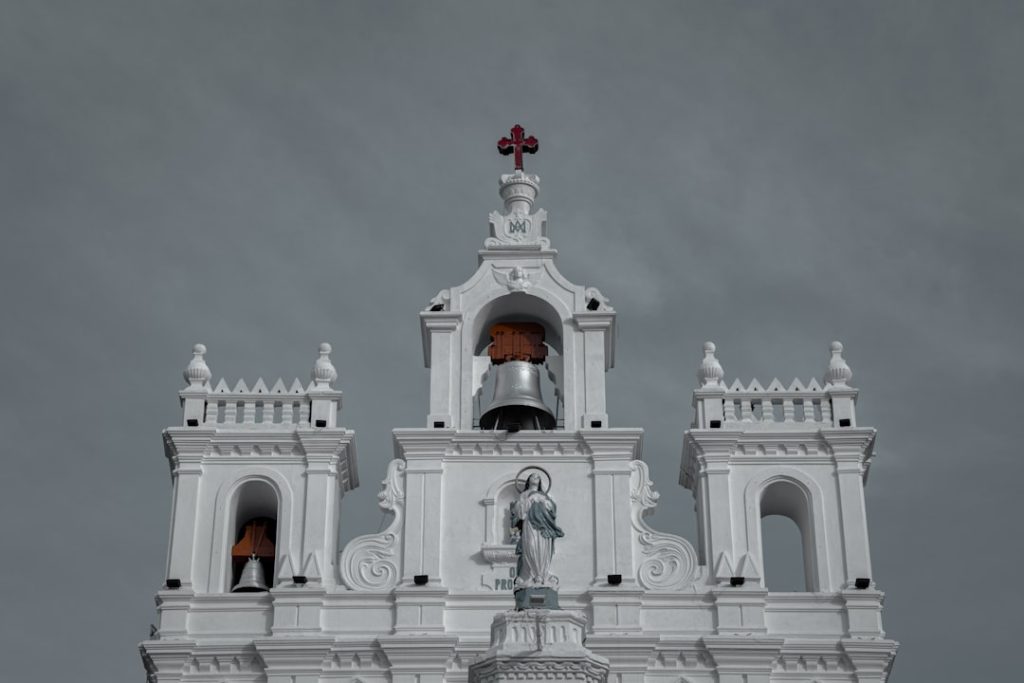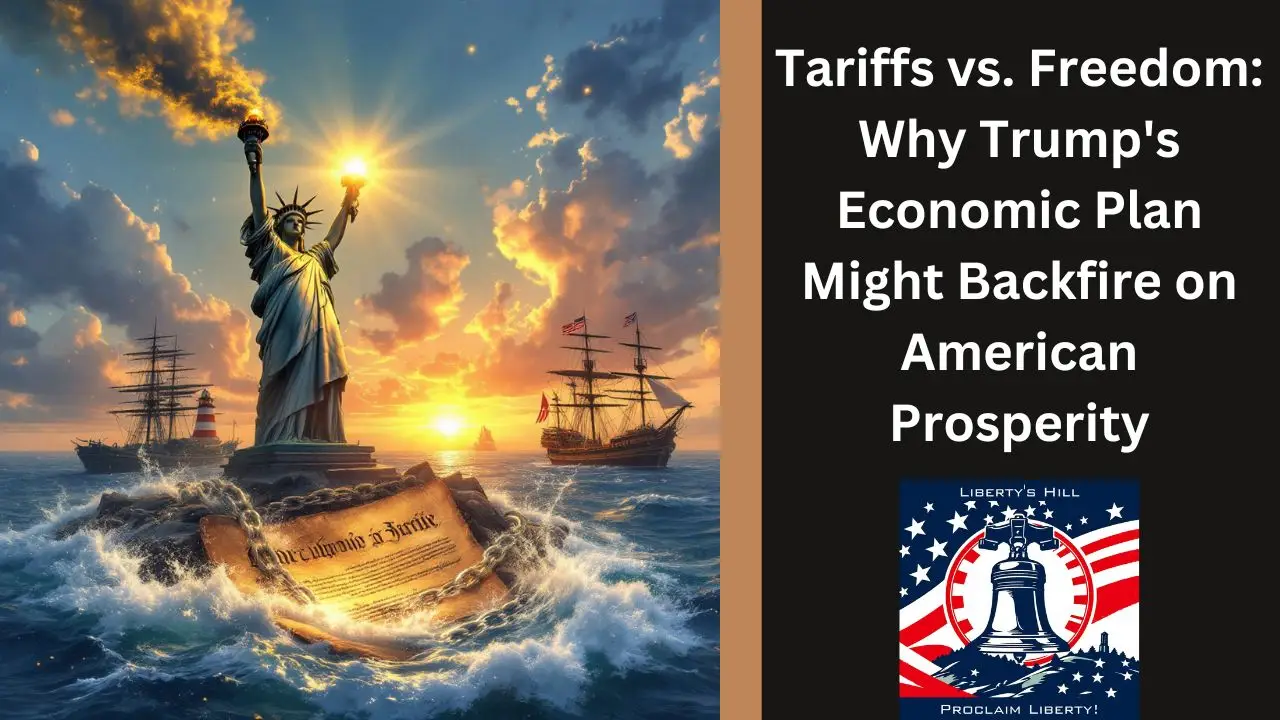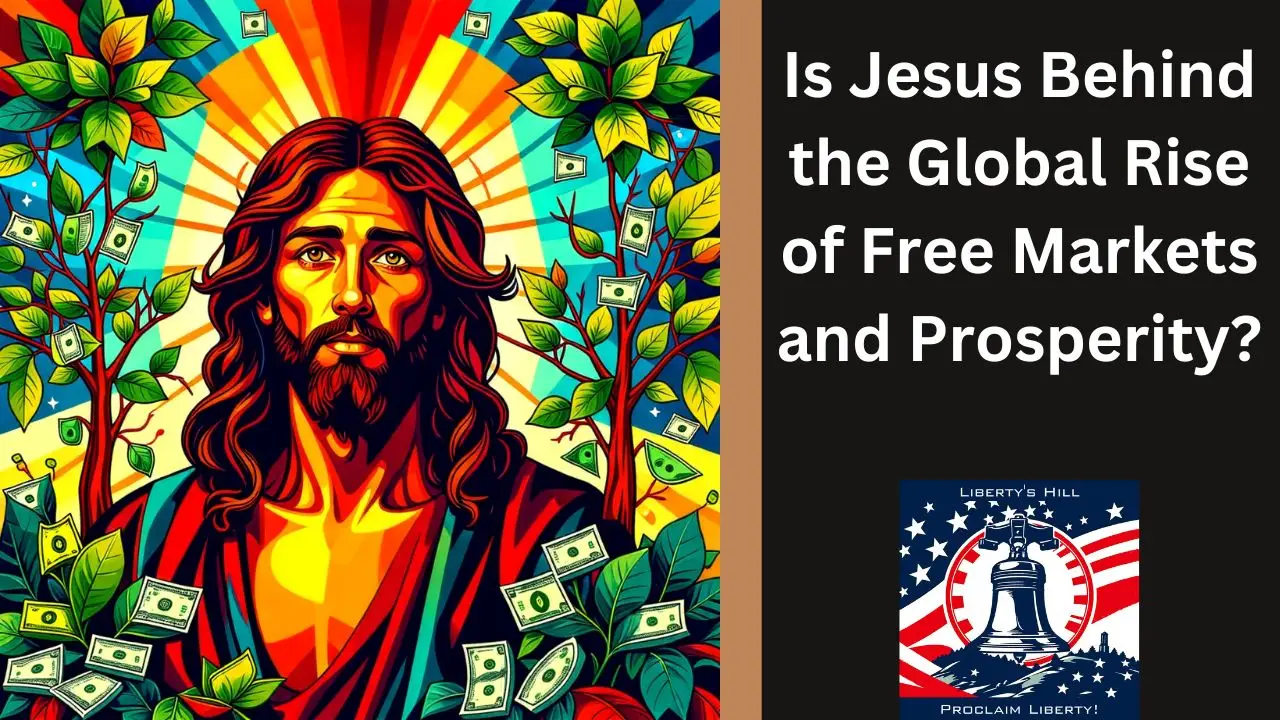The concept of the separation of church and state is a foundational principle in many democratic societies, particularly in the United States. This principle asserts that government institutions and religious organizations should operate independently of one another, ensuring that neither entity exerts undue influence over the other. The separation is intended to protect the freedom of religion, allowing individuals to practice their beliefs without interference from the government, while also safeguarding the government from being swayed by religious doctrines.
This delicate balance is crucial for maintaining a pluralistic society where diverse beliefs can coexist peacefully. The origins of this principle can be traced back to Enlightenment thinkers who advocated for individual rights and freedoms. They argued that a government should not impose religious beliefs on its citizens, nor should religious institutions wield power over state affairs.
This idea gained traction in the early modern period, leading to significant political and legal developments that would shape the relationship between religion and governance in the Western world. As societies evolved, the need for a clear demarcation between religious authority and state power became increasingly apparent, laying the groundwork for contemporary discussions on this vital issue.
Key Takeaways
- The concept of separation of church and state is the idea that the government and religious institutions should operate independently of each other.
- The historical development of the separation of church and state can be traced back to ancient civilizations and has evolved over time through various political and religious movements.
- Biblical support for the separation of church and state can be found in passages that emphasize the importance of religious freedom and the autonomy of religious institutions.
- The role of religion in government has been a source of debate and controversy, with some advocating for a strict separation while others argue for a more integrated approach.
- Challenges to the separation of church and state include issues such as religious influence in politics, government funding for religious institutions, and conflicts between religious beliefs and secular laws.
Historical Development of the Separation of Church and State
The historical development of the separation of church and state is a complex narrative that spans centuries and continents. In Europe, the intertwining of church and state was prevalent during the Middle Ages, with the Catholic Church wielding significant political power. The Protestant Reformation in the 16th century challenged this status quo, leading to a series of conflicts that underscored the dangers of a unified religious and political authority.
The Peace of Westphalia in 1648 marked a turning point, as it recognized the principle of cuius regio, eius religio, allowing rulers to determine the religion of their own states while also acknowledging the rights of minority faiths. In America, the separation of church and state was influenced by these European developments but took on a unique character. The Founding Fathers were deeply aware of the religious persecution that had occurred in Europe and sought to create a new nation where such injustices would not be repeated.
Thomas Jefferson’s letter to the Danbury Baptists in 1802 famously articulated this vision, describing a “wall of separation” between church and state. This metaphor became a cornerstone of American constitutional interpretation, particularly as it relates to the First Amendment, which guarantees both freedom of religion and prohibits Congress from establishing a religion.
Biblical Support for the Separation of Church and State

The Bible offers various passages that can be interpreted as supporting the separation of church and state, emphasizing the distinct roles of spiritual and temporal authority. One notable example is found in the Gospel of Matthew, where Jesus states, “Render therefore unto Caesar the things which are Caesar’s; and unto God the things that are God’s” (Matthew 22:21). This verse has often been cited to illustrate the idea that civil authorities have their own domain separate from spiritual matters.
It suggests that while individuals owe allegiance to their government, they also have obligations to their faith, highlighting a duality that respects both realms. Additionally, the Old Testament provides examples of leaders who recognized the importance of maintaining boundaries between religious duties and governmental responsibilities. For instance, King David was both a political leader and a spiritual figure, yet he understood that his role as king did not grant him authority over religious practices.
The establishment of judges in Israelite society further exemplifies this separation; judges were tasked with administering justice based on law rather than religious edicts. These biblical narratives contribute to a theological framework that supports the notion that governance should not be dictated by religious doctrine.
The Role of Religion in Government
| Country | Official Religion | Government Role |
|---|---|---|
| United States | None | Separation of church and state |
| Saudi Arabia | Islam | Islamic law (Sharia) influences government |
| Israel | Judaism | Religious laws influence some aspects of government |
| Iran | Islam | Islamic Republic with religious leaders in government |
While the principle of separation advocates for independence between church and state, it does not imply that religion should be entirely absent from governmental affairs. In fact, religion has historically played a significant role in shaping moral values and ethical standards within societies. Many lawmakers draw upon their personal beliefs when crafting legislation, which can influence public policy in areas such as education, healthcare, and social justice.
This intersection raises important questions about how much influence religious perspectives should have in a secular government. Moreover, religious organizations often engage in advocacy work that intersects with political issues. For instance, faith-based groups may lobby for social reforms or provide humanitarian aid during crises.
Their involvement can enrich public discourse by introducing moral considerations into policy debates. However, this engagement must be approached with caution to ensure that it does not infringe upon the rights of those who may hold different beliefs or none at all. The challenge lies in finding a balance where religious voices can contribute to societal discussions without compromising the secular nature of governance.
Challenges to the Separation of Church and State
Despite its foundational status, the separation of church and state faces numerous challenges in contemporary society. One significant issue arises from attempts to incorporate religious symbols or practices into public spaces or government functions. For example, debates over displaying religious monuments on government property or including prayer at public school events often ignite passionate discussions about what constitutes an endorsement of religion by the state.
These controversies highlight the ongoing struggle to define the boundaries of acceptable religious expression within public life. Another challenge comes from political movements that seek to align governmental policies with specific religious ideologies. In some cases, this has led to legislation that reflects particular moral viewpoints rooted in religious beliefs, such as laws regarding abortion or same-sex marriage.
These efforts can create tensions between different faith communities and secular citizens who may feel marginalized by policies that do not represent their values. The challenge lies in navigating these complex dynamics while upholding the principle of separation and ensuring that all individuals are treated equitably under the law.
Impact of the Separation of Church and State on Society

The separation of church and state has had profound implications for societal development, fostering an environment where diverse beliefs can flourish without fear of persecution or discrimination. By establishing legal protections for freedom of religion, individuals are empowered to express their beliefs openly and practice their faith without governmental interference. This has led to a rich tapestry of religious diversity in many countries, contributing to cultural vibrancy and innovation.
Moreover, this principle has encouraged critical thinking and dialogue among different belief systems. In societies where church and state are separated, individuals are often more willing to engage with differing perspectives, fostering an atmosphere of tolerance and understanding. Educational institutions can explore various worldviews without being constrained by religious dogma, promoting intellectual growth and civic engagement.
The result is a more informed citizenry capable of participating meaningfully in democratic processes.
Contemporary Debates and Issues Surrounding the Separation of Church and State
In recent years, contemporary debates surrounding the separation of church and state have intensified, reflecting broader societal changes and challenges. One prominent issue is the rise of religious nationalism in various parts of the world, where political movements seek to intertwine national identity with specific religious beliefs. This trend raises concerns about potential discrimination against minority faiths or non-religious individuals, as well as threats to democratic principles that rely on inclusivity.
Additionally, legal battles continue to emerge over issues such as school prayer, funding for religious schools, and healthcare mandates that conflict with religious beliefs. These cases often reach higher courts, prompting judicial interpretations that can either reinforce or challenge existing precedents regarding church-state separation. The outcomes can have far-reaching consequences for how religion is perceived within public life and how laws are applied across different communities.
The Future of the Separation of Church and State
As society continues to evolve, so too will discussions surrounding the separation of church and state. The future will likely see ongoing debates about how best to navigate this complex relationship while respecting individual freedoms and promoting social cohesion. Emerging technologies and changing demographics may further complicate these discussions, necessitating new frameworks for understanding how religion interacts with governance in an increasingly interconnected world.
Ultimately, maintaining a commitment to the principles underlying church-state separation will be essential for fostering an inclusive society where diverse beliefs can coexist harmoniously. As citizens engage in these conversations, it will be crucial to uphold respect for differing viewpoints while striving for a common understanding that honors both individual rights and collective responsibilities within a democratic framework.


